
Witches of the World and Japanese Mythology
movie"Searching for an Apprentice Witch' has been released.
The anime "Ojamajo Doremi" is a sequel to "Your Name," but it is a meta story about the people who watched the anime growing up, and it is a movie that will make you long for travel and alcohol.


Anne Hathaway stars in the filmThere are a lot of witchesThere has been a lot of talk about witches recently, with the release of the film "Witches."
Witches in Europe
"witchIn the narrow sense, "witch" refers to "a person who, according to old European superstition, is said to harm people and animals with supernatural powers, or a person who practices witchcraft."
In neutral Europe, "witch hunts" and "witch trials" took place, and famous historical figures includeJoan of Arc" was tried by the Inquisition and executed as a witch.

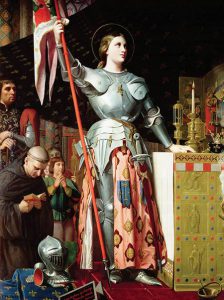
Witch in the broad sense
In the broad sense, a "witch" is a "ShamanIt can also include a "shrine maiden" in Japanese Shintoism or a male wizard.
Sado Island's "Thank you", Okinawa's "UtahFor more information about shamans in Japan, such as "
"Hainuwele-type mythology" seen all over the world
It is often seen in Europe, such as Spain and Switzerland.Fire FestivalIn "Halloween," the custom of burning effigies of so-called witches is said to be a substitute for human sacrifice and to ensure a good harvest.
The theme of harvests being obtained by killing a goddess is widespread across a wide area, from Indonesia, Melanesia, and Polynesia to the Americas. The German ethnologist Adolf Jensen named it after the hero of a myth from the Indonesian island of Seram.Hainuwele type mythology"We named it "

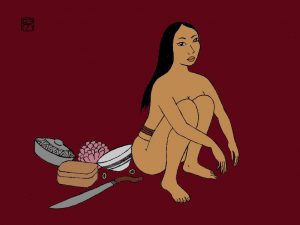
Ogetsuhime and Ukemochi in Japanese mythology
Appears in the Japanese KojikiOogetsuhime(Ogituhime) and in the "Nihon Shoki"PopularGoddesses such as Ukemochika (the Goddess of Food) are also said to be a type of "Hainuwele-type mythology."
There is an anecdote about Oogetsuhime. One day, when the gods of the heavens asked her for food, she took out various delicious things from her nose, mouth, and anus, cooked them, served them, and presented them to the gods.SusanooSusanoo killed Ogetsuhime, thinking she was a goddess who served food in an unclean way. After she was killed, silkworms sprouted from her head, rice from her eyes, millet from her ears, adzuki beans from her nose, wheat from her genitals, and soybeans from her buttocks. Then, Kamimusuhi, a god in the heavens, had Susanoo collect the seeds that had grown in Ogetsuhime's body. This is thought to be the origin of grains being brought to the earthly world.
This is what the "Nihon Shoki" says:TsukuyomiThe story goes that Tsukiyomi-no-Mikoto kills a goddess named Ukemochi, and the parts of the body that produce grains and what they produce are depicted slightly differently from the Kojiki.
The Witch of Bali
I mentioned that the name "Hainuwele" was taken from the mythology of the Indonesian island of Seram.RandaThere is a witch's legend that goes like this.

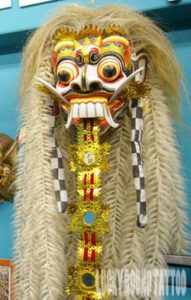
"Randa" is a BuddhistKishimojinIt is said to be the transformed form of the original Bali.
In the Hindu custom of "Sati," wives who have lost their husbands are expected to follow their husbands to death. However, in reality, there are cases where widows have such a deep attachment to this world that they wander around the graveyard. Such widows sometimes turn into child-eating demons, and in Bali, these terrifying beings are called "Rangda."
As a sacred beast that is paired with "Randa",Baron" There is.

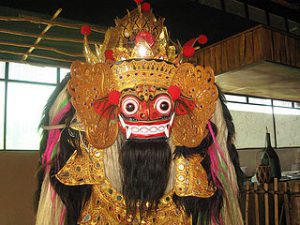
"Barong" is the manifestation of the "Banas Pati" (good energy) of the forest and has the form of a lion with shining mirror pieces all over his body.
On festival days in the Uku calendar, which is the Balinese calendar,Barong DanceWe will be performing the Charonaran Drama, a stage play for exorcising evil spirits and plague.
The "Barong Dance" began to be performed for foreign tourists visiting the island in the 1930s. The original "Barong Dance" lasted more than three hours, and dancers who fell into a trance state would stab themselves with a knife or devour a live chicken to escape the trance state, but such scenes are no longer seen in the "Barong Dance" that can be seen in tourist spots today.
This time we focused on witches from around the world and Japanese mythology.
Although there are fewer yokai elements, witches still appear in "GeGeGe no Kitaro," so I guess it's within the realms of acceptability.
By the way, as mentioned above, the Barong Dance also carries with it the wish to ward off disease.
As winter approaches, the spread of COVID-19 continues, but we pray for the virus to end as soon as possible.
Images: "Looking for Witch Apprentices" (directed by Junichi Sato, Toei Animation), "Joan of Arc at the Coronation of Charles VII" (Dominique Ingres, Louvre Museum), "Hainuwehre" (Xavier Romero-Frias)
References: "Encyclopedia of Cultural Anthropology" (Ishikawa Eikichi, Gamo Masao, Umesao Tadao, Sasaki Takaaki, Obayashi Taryo, Sobue Takao, Kobundo), "Bali: Lessons in Tourism Anthropology" (Yamashita Shinji, University of Tokyo Press)
Text by Keijiro Watanabe
■ Keishiro Watanabe (Kei-chan)
He currently lives in Sapporo, Hokkaido. He was born in Asahikawa. He graduated from the School of Human Sciences at Waseda University. He is an independent researcher of yokai. He is an IT coordinator, a Certified Information Systems Auditor (CISA), and a Project Management Professional (PMP).
He currently works as a management and IT consultant, residing in Sapporo, Hokkaido, and traveling throughout the prefecture and Tokyo. However, he studied folklore and cultural anthropology at university, and continues to research yokai as his life's work.
I am currently writing articles about monsters associated with Hokkaido, where I currently live, as well as current news about business and economics.
Twitter:https://twitter.com/keishiro_w
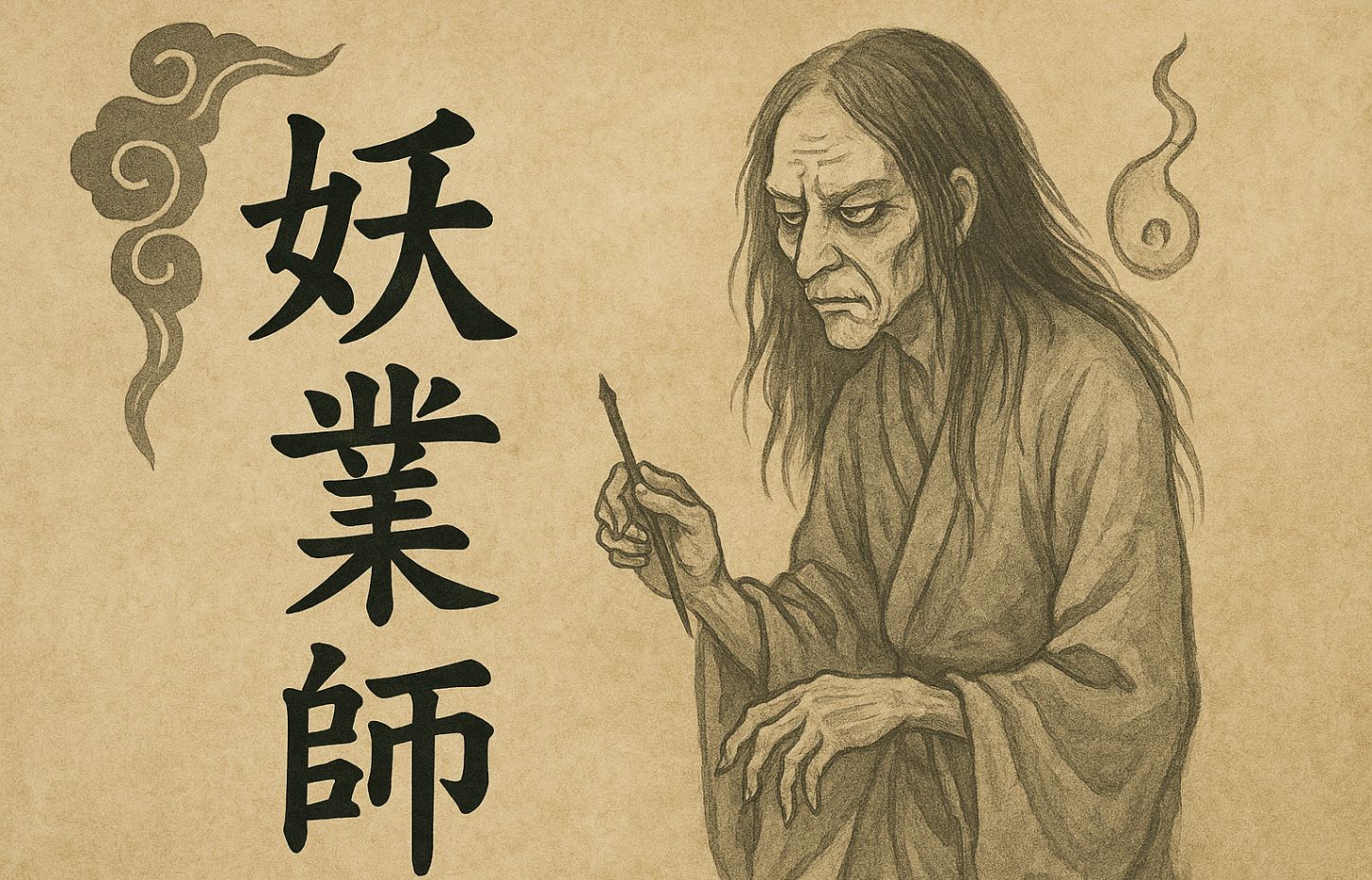

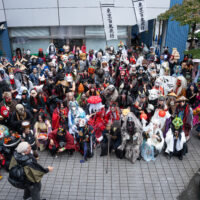
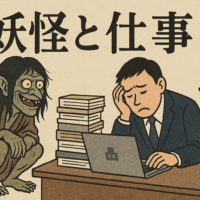
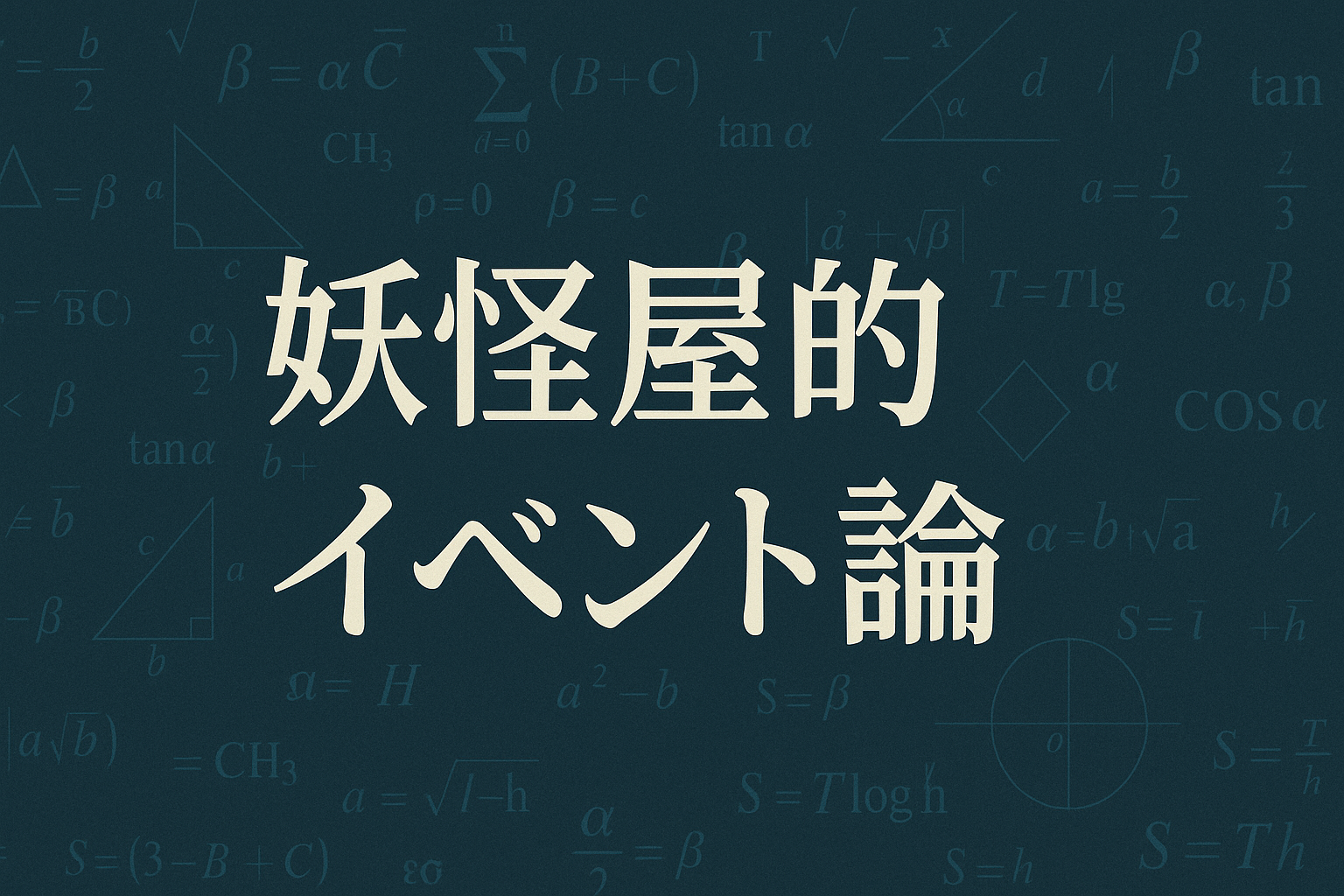



No comments yet.